8255 is general purpose programmable peripheral interface. It is used with many microprocessors and microcontrollers for various purposes. The device has three 8-bit ports port A, port B and port C. These ports can be used as input or output. These ports are further divided in to two groups A and B. Each group further has ports. Group A is comprised of port A and port C upper nibbles (pins 7, 6, 5, 4) control. Group B contains port B and port C lower nibble( 0, 1, 2, 3).
8255 PPI pin out
|
|
A0 and A1 Control Word is an instruction or command send to 8255 to set its ports or pins as input, output or interrupt driven. |
8255 Modes
There are three modes in which the device can be used.
- Mode-0
- Mode-1
- Mode-2
8255 PPI in Mode-0
In mode 0 each group can be used as input or output. Port A , port B and port C can be used as input or output. Port C has the specialty that it can be divided in to two nibbles upper and lower. Both upper and lower can now be programmed to use as input or output. Mode 0 is also known as input/output mode (I/O mode). Question arises how we can do so. Yes it’s simple. Just send a control word to 8255 and it will set itself according to your control word. The control word for mode 0 is like this.
D7 will always be high for mode 0. For selecting all ports as output the control word will be 0x80 in hexadecimal, or 10000000 in binary.
In mode 0 you can also access individual bits of port C. For bit set reset mode D7 will always be 0.
8255 PPI in Mode-1
In mode 1 each group can be used as 8-bit input or output data bus and the remaining 4-bits are used as handshaking and interrupt control signals. Port A is used with port c upper three bits and port B is used with port c lower 3 bits. The remaining 2 bits of port C can be used as control signals. For more details on mode 1 download the data sheet released from Intel from the links below.
8255 Mode-2
Mode 2 is a bidirectional bus mode it is used very rarely. Mode 2 is used with port A only and port C is used for interrupt and control signals only. For more details on mode 1 download the data sheet released from Intel from the links below.
Microcontroller Projects Related to 8255A. Practical Examples with Code.
Filed Under: More Editor's Picks
Tagged With: 8255A, operating modes, pinout

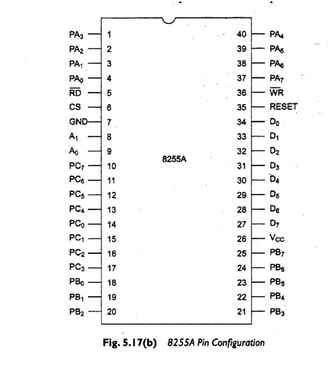
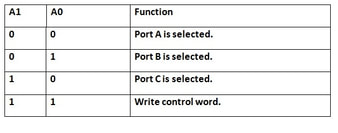
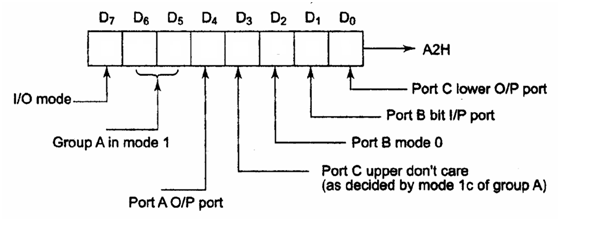
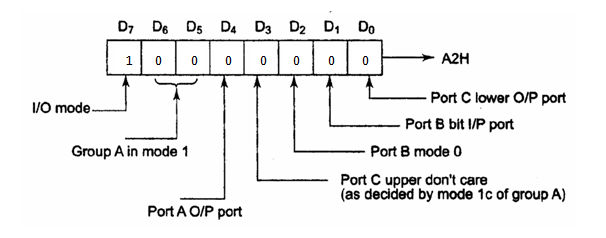
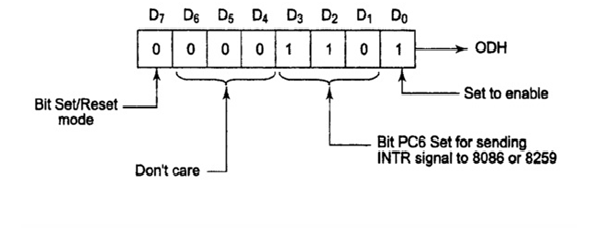

Questions related to this article?
👉Ask and discuss on Electro-Tech-Online.com and EDAboard.com forums.
Tell Us What You Think!!
You must be logged in to post a comment.